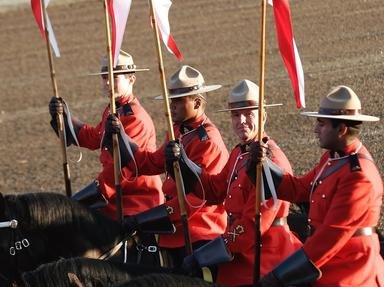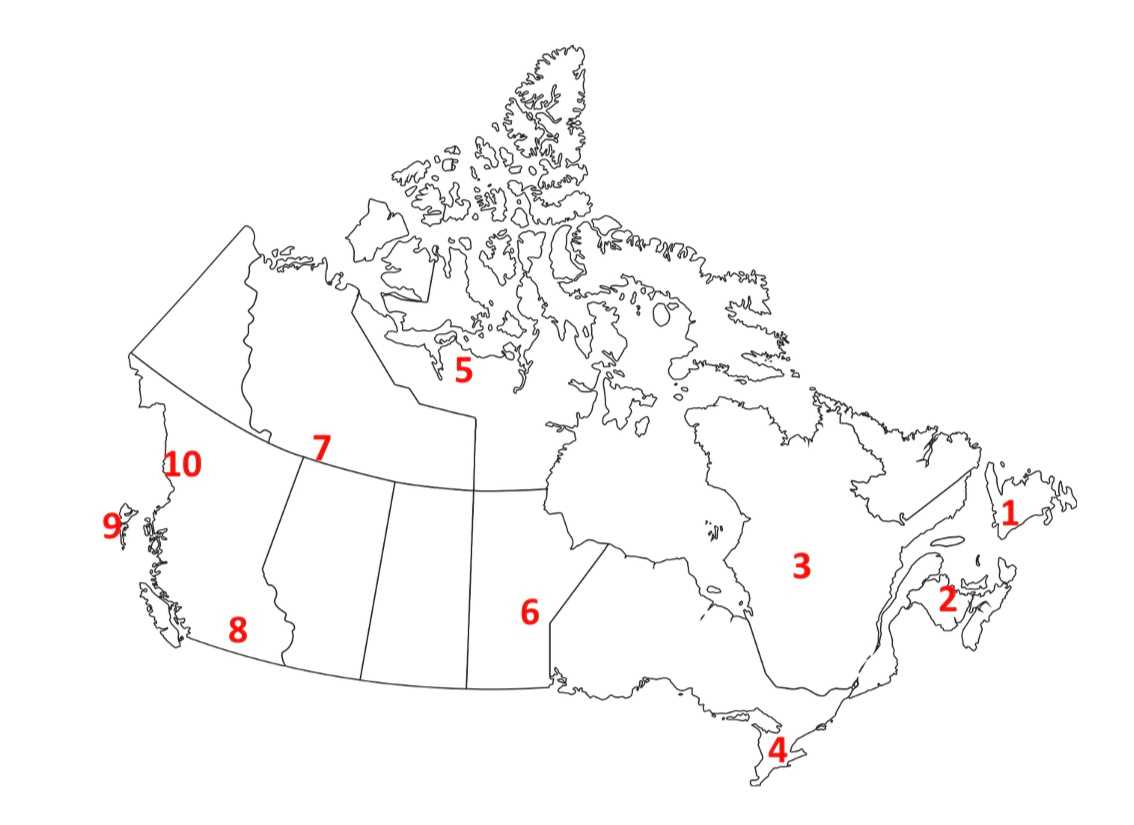
First Nations in Canada Before Contact Quiz
For this quiz, you will have to identify the First Nation, Indigenous, or Aboriginal people that occupied certain areas of Canada before Europeans first made contact with them.
A label quiz
by Trivia_Fan54.
Estimated time: 4 mins.
- Home
- »
- Quizzes
- »
- History Trivia
- »
- Canadian
